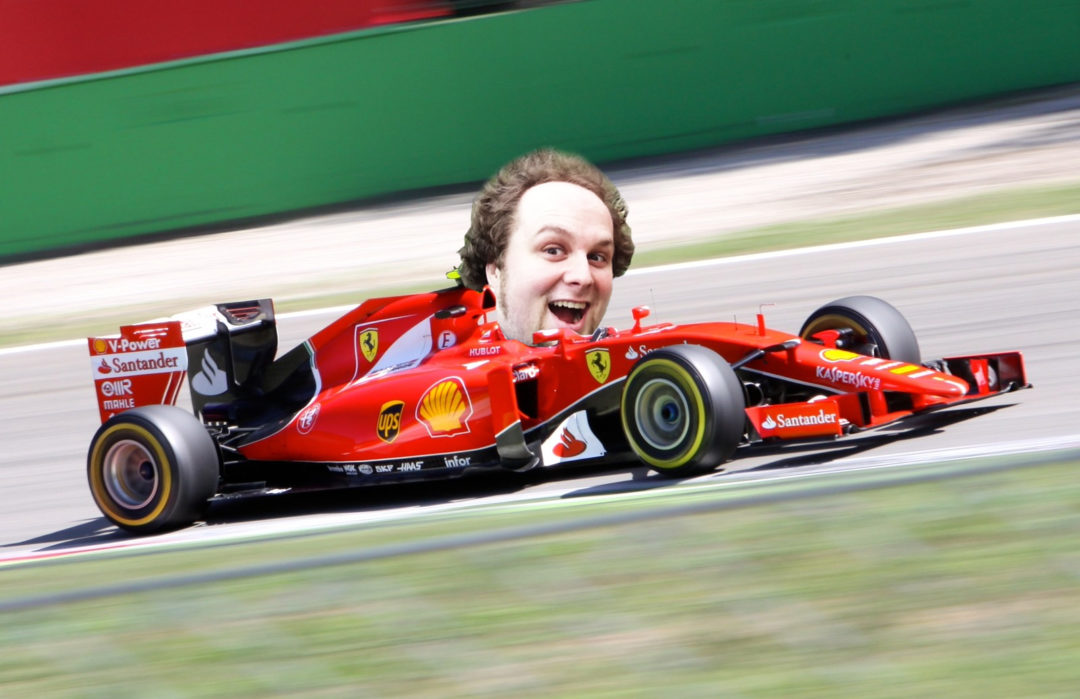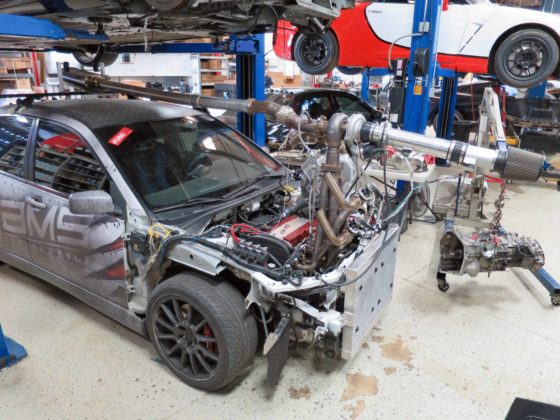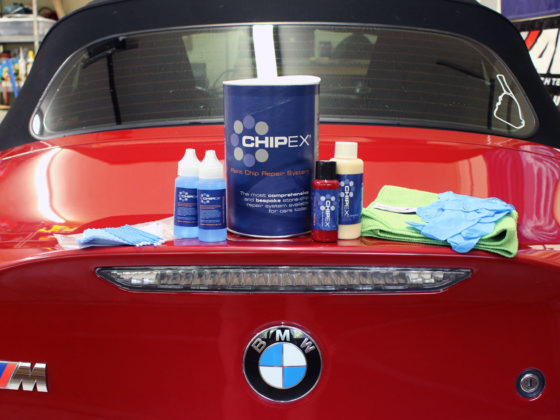Curly’s Corner: A Nerd’s Eye on Formula 1 Spanish & Monaco Grand Prix
Welcome back to our post-race breakdown of Formula 1! MotoIQ is bringing you its own particular nerdtastic take on the latest news and developments in F1. Impress your neighbors, stun your friends, and woo the ladies with your newfound F1 knowledge! Obviously we are more than a bit behind on our coverage. Not only have I been juggling my Indy 500 coverage, but there have been a number of late nights at the office with my day job. Sadly Curly’s Corner got put on the back burner, but we’re determined to catch up ASAP! We’re starting out with a double Spain/Monaco post, so read on!
Upgrades, Upgrades Everywhere
The Spanish GP is the first “local” race for the F1 teams which means teams bring their Hail Mary upgrades to this race. Teams have been upgrading since pre-season testing of course, but due to the logistic of the flyaway races, teams have to be smart with the parts they send. Anything in short supply, or anything that could be a risky upgrade, is usually left off the car until the European races where teams can send continued update parts every night if need be. Something not working the way you planned? Overnight a replacement! While some teams brought important updates to Azerbaijan (Force India for one brought a new floor to Baku), the big teams brought their first real updates to Spain.



Red Bull also brought major updates to its front and rear wings, its floor, and its barge boards. Mercedes continued to refine its suspension, adding winglets and deflectors to the control arms front and rear. However while Ferrari, McLaren, and Red Bull brought majors changes, Mercedes seemed to focus on refining the package it already had. This work showed as Mercedes was easily the fast team of the weekend and never seemed to be under threat from anyone else. Though to be fair, Mercedes was also the team to beat during pre-season testing in Catalunya. It wasn’t much of a surprise to see them top the charts consistently during the race weekend.



